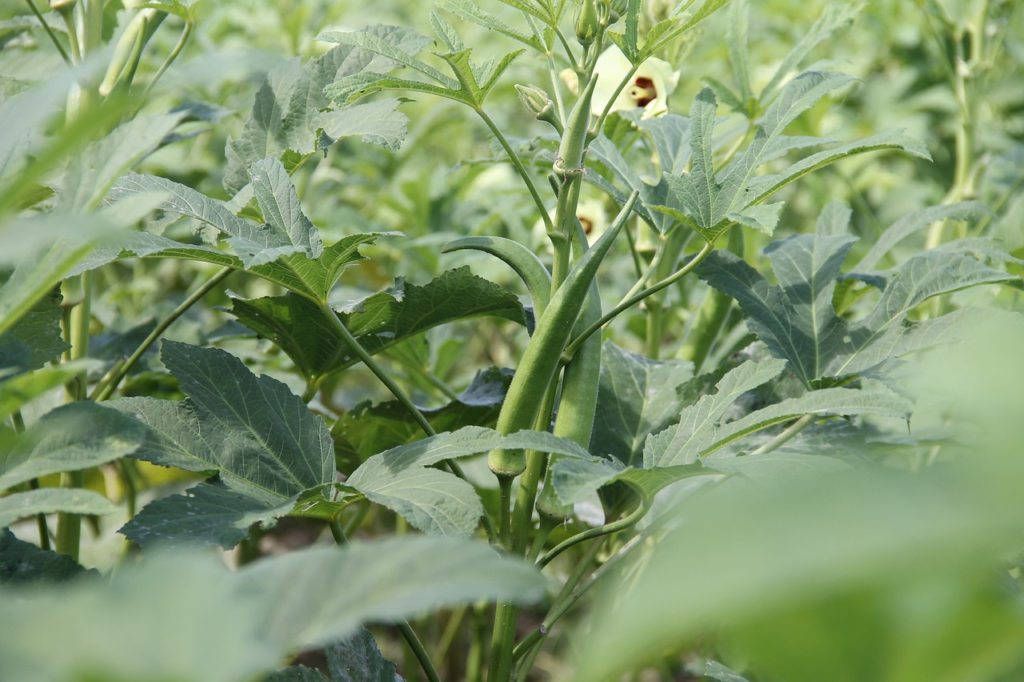Okra is a delectable and nutritious vegetable, and Clemson Spineless Okra is one of the most popular varieties around. Known for its large, smooth, and deep green pods, it is loved by home gardeners and used in a variety of dishes.
Traditionally, okra is grown directly in the soil. However, with an increase in small-space gardening, container gardening has gained popularity. Yes, you can grow Clemson Spineless Okra in containers! This guide shares the steps to successfully grow this hearty and delightful vegetable in containers, whether on your patio, balcony, or small kitchen garden.
The Preparation Stage
Choosing the Right Container
Clemson Spineless Okra grows quite tall, around 4-6 feet, and develops a robust root system. Choose a deep container that’s at least 10-12 inches deep and equally wide to allow adequate room for root growth.
Preparing the Soil
Okra thrives in well-draining soil with a slightly acidic to neutral pH (6.0 to 7.0). Prepare a mix of equal parts compost, garden soil, and perlite or coarse sand for your containers. The compost will enrich the soil with essential nutrients while the perlite or sand improves drainage.
Planting Stage
Sowing the Seeds
In each prepared container, sow 2-3 Clemson Spineless Okra seeds about an inch deep. Okra seeds can be rather hard, so soaking them overnight before planting can aid germination.
Thinning Seedlings
Once seedlings are about 3 inches tall, thin them out, leaving only the healthiest plant in each container. When thinning, cut the unwanted seedlings at the soil surface instead of pulling them out to avoid disturbing the roots of the remaining seedlings.
Care and Maintenance Stage

Watering
Maintain consistently moist soil in your containers, but avoid over-watering. Container plants often need more frequent watering than those grown in the ground, so check the soil moisture regularly and water when the top two inches of soil begin to dry out.
Feeding
While the compost in your potting soil mix provides initial nutrients, okra will benefit from regular feeding. Use a balanced vegetable fertilizer every 4-6 weeks following the package’s instructions.
Sunlight
Clemson Spineless Okra loves the sun. The plant does best when it receives at least 6-8 hours of direct sunlight. If you’re growing on a balcony, rotate the containers every few days to ensure all sides of the plant receive adequate sunlight.
Pruning
Pruning isn’t necessary, but for really tall plants, you can pinch off the top growth to limit the plant height.
Harvesting Stage
The optimal time to harvest Clemson Spineless Okra is when the pods are 2-3 inches long. Regular harvesting encourages more pods to grow, and the pods are the tenderest at this size, ideal for many culinary uses.
Conclusion
Growing okra in containers is not complex, and with the right care, you’ll be able to enjoy a bountiful harvest of your very own homegrown Clemson Spineless Okra. Even if you have limited space or a small sun-soaked window, this green, nutritious vegetable is an excellent addition to your container garden.


Leave a Reply